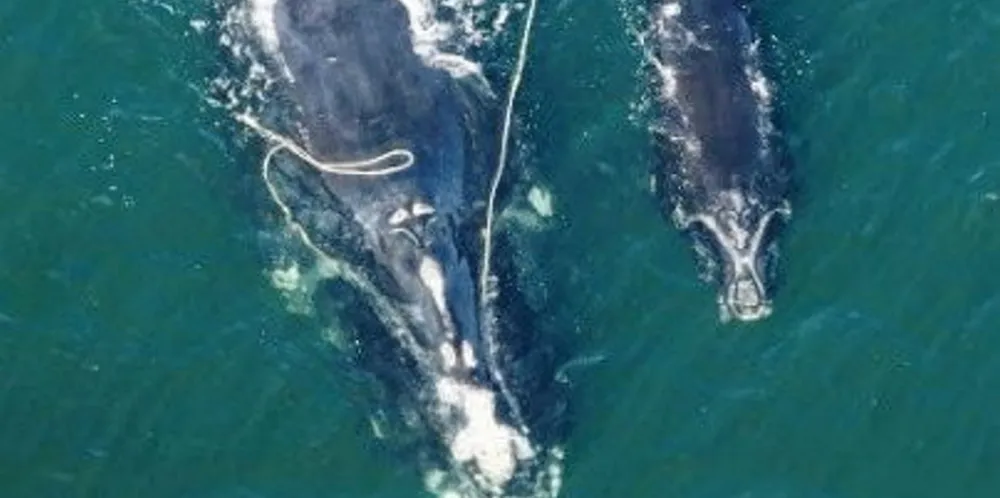NOAA: Whale entanglements down, but fishing gear remains a threat
The US lobster industry in Maine has been caught in a heated debate over its impact on endangered North Atlantic right whales.

The US lobster industry in Maine has been caught in a heated debate over its impact on endangered North Atlantic right whales.
